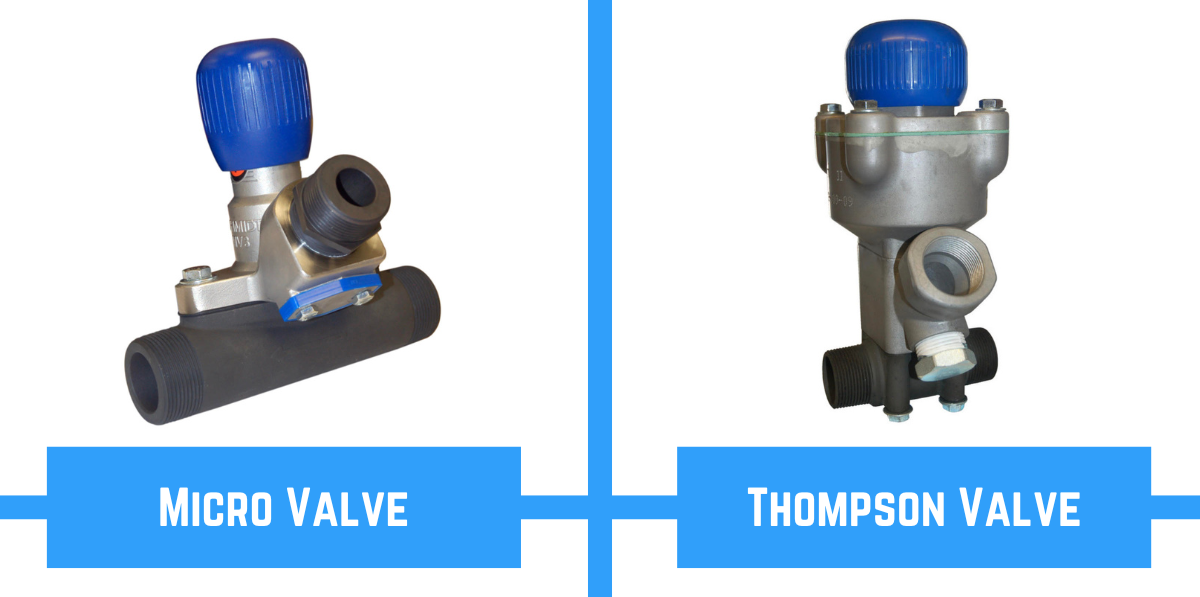10X Product Support
10X’s superoxalloy abrasives are much more efficient than other abrasives and have superior abrasive flow characteristics in both wet and dry abrasive blasting systems. Therefore, when you first switch to our products, you should familiarize yourself with our optimization process to ensure you get the most performance and value out of every particle!
A blasting system has several components and variables that affect blasting performance:
- Your blasting cost per square foot
- Speed of blast
- Your efficiency or abrasive consumption which is usually measured in lbs per square foot
By optimizing your blasting system for use with superoxalloy abrasives you can achieve the lowest overall cost per square foot in the industry!
How to Optimize your Abrasive Feed Rate in a Pressure Pot
How to Optimize your Abrasive Feed Rate in a Blasting Cabinet
Abrasive Metering Valve
Superoxalloy abrasives require a lower abrasive flow setting compared with other abrasives. Plunger-style valves are recommended for best performance. Reference the images below: a microvalve is the best style of abrasive metering valve to use in a pressure release system, and a Thompson valve is the best abrasive metering valve style to use in a pressure hold system. Slotted abrasive valve sleeves are available and help with more precise metering. Contact 10X for additional details on the slotted sleeve inserts.

Compressor
It is critically important to ensure your compressor is appropriately sized for the number of nozzles in use and the size of those nozzles. In the chart below, the total number of nozzles you intend to power is on the far left or the Y axis, and the CFM required for each size of nozzle is listed in the white boxes below. This chart only accounts for the CFM for the given nozzle size and number of nozzles in use. If the compressor is also powering breathing air, pneumatically driven air dryers, or other pieces of equipment, you must account for that additional CFM demand in order to achieve at least 100 PSI at each blast nozzle during blasting.
Nozzle Air Demand at 100 PSI:
Air Dryer & Abrasive Blast Pot
For dry blasting, it is essential to use an air dryer upstream of the pot. Use the largest diameter and shortest length possible air supply hose to connect the compressor to the air dryer and pot; at a minimum, use a large bore air hose that is 4 times the inside diameter (ID) of the nozzle orifice. Check all fittings for leaks and repair if needed.
Nozzles
Use an orifice gauge to check for nozzle wear and replace if the nozzle is 1/16” (one nozzle size) larger than its original size. At this level of nozzle wear or greater, the venturi effect is diminished, and abrasive blasting performance will suffer. Selecting a specific nozzle type depends on the application and your finish needs. Please review our nozzle guide for additional assistance if you are uncertain about which nozzle type is best for your specific blasting application.
Check Abrasive Feed Rate
Make sure the abrasive feed rate can be adjusted. Suction systems tend to overfeed superoxalloy abrasives resulting in high dust and slow blasting speeds. When a suction air regulator is not available, consider using a hose clamp or suction end restriction (i.e. hose barb) to restrict the amount of abrasive drawn through the pickup point.
Adjust Air-Supply Pressure Regulator
Adjust the air-supply pressure regulator for best performance. We recommend 60-90 PSI while blasting to ensure maximum abrasive durability with EpiX in a cabinet. Higher pressures, if possible, are beneficial for the removal of thick or difficult-to-remove coatings or to improve blasting speed.
Blasting With a Pressure Pot? Follow These Steps:
Maintain Pressure
Use the highest nozzle pressure required to achieve desired results. Measure pressure at the nozzle before blasting using a needle pressure gauge in the hose just upstream of the nozzle. To measure pressure, close the abrasive metering valve, activate the dead-man switch, and wait for the pressure to stabilize, this usually takes about 30 to 60 seconds. The needle gauge should read at least 100 PSI for the fastest blasting. Blast pressure is directly correlated to blast speed. With superoxalloy abrasives as you increase blasting pressures beyond 100 PSI, your speed will also increase. Do not operate with a partially closed choke valve. Doing so will cause unnecessary wear and tear on your blast equipment and reduce your blasting speed while increasing your abrasive consumption.
Optimize Media Flow Rate
Plunger-style abrasive metering valves are recommended when using superoxalloy abrasives. When the valve is set properly, the abrasive will be nearly invisible coming out of the nozzle, dust will be very low, and the blast pattern will be full and fast.
- Start blasting with the metering valve closed and open it to one full turn of the valve knob.
- Activate the dead-man switch and test blast for at least 30 seconds with the desired nozzle distance.
- If not enough abrasive, open the valve ½ a turn at a time, test blasting for at least 30 seconds at each ½ turn adjustment. After two adjustments (two full turns open), open the valve ¼ a turn for each additional adjustment and test blast. Repeat until the abrasive is blasting effectively.
- Make only minor adjustments (<1/4 turn) from this valve position.
At the optimal valve setting, superoxalloy abrasives are extremely efficient and very low in dust.
Hose Sizing
Understanding and selecting the right hose sizes for sandblasting can significantly improve your operations. Keep in mind that pressure is always lower at the nozzle compared to upstream locations like the pot and compressor due to various resistances within the system. These resistances include hoses, air dryers, blast pots, valves, fittings, and the introduction of abrasive into the compressed air line. Anything that resists the flow of air between the compressor and the nozzle reduces pressure. For detailed insights on choosing the right hose sizes to enhance your sandblasting efficiency, check out our comprehensive Sandblasting Hose Sizing Guide.
Blast Consistently
Use proper blasting technique. Move the nozzle as fast as possible using a smooth and constant sweeping motion at a slight angle to the surface for the best results. Maintain a consistent nozzle distance from the work surface. Start at a nozzle distance of 18-24” and adjust based on working conditions.
Give Us A Call
For vapor, slurry, and mixed media dry ice blasting or blasting applications where metalized coatings will be thermally applied, contact 10X for technical details before blasting.
10X factory-authorized engineers are available to help you. Click to chat with us right on our website, or call us anytime for additional technical support at no cost to you.


